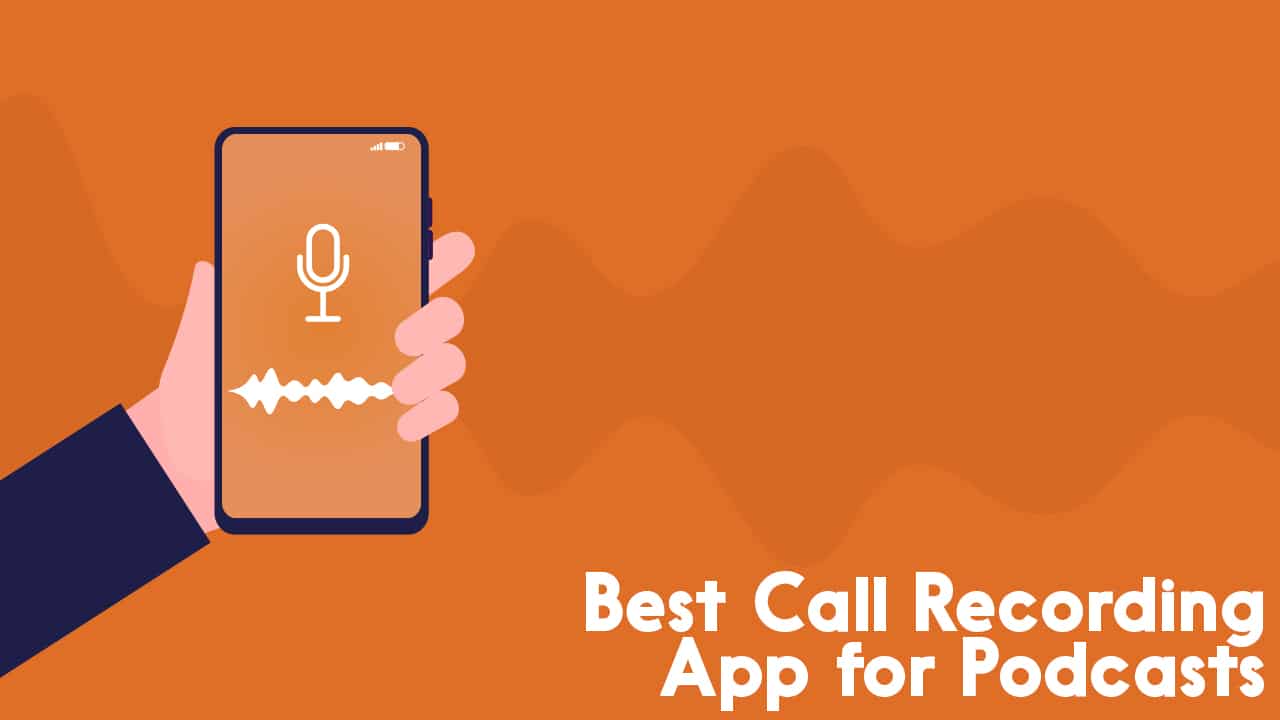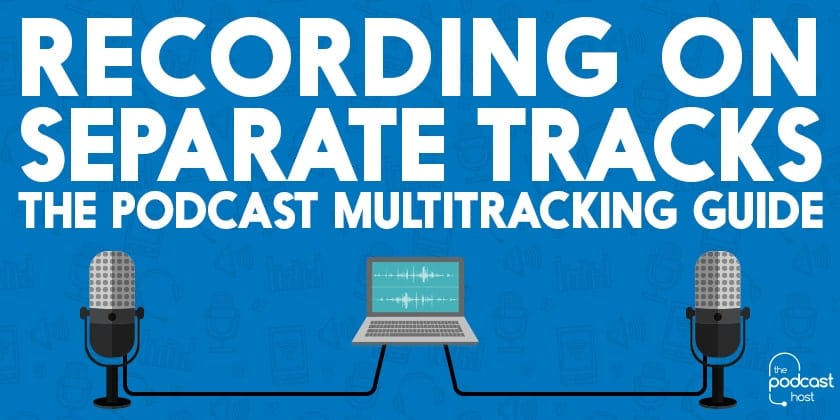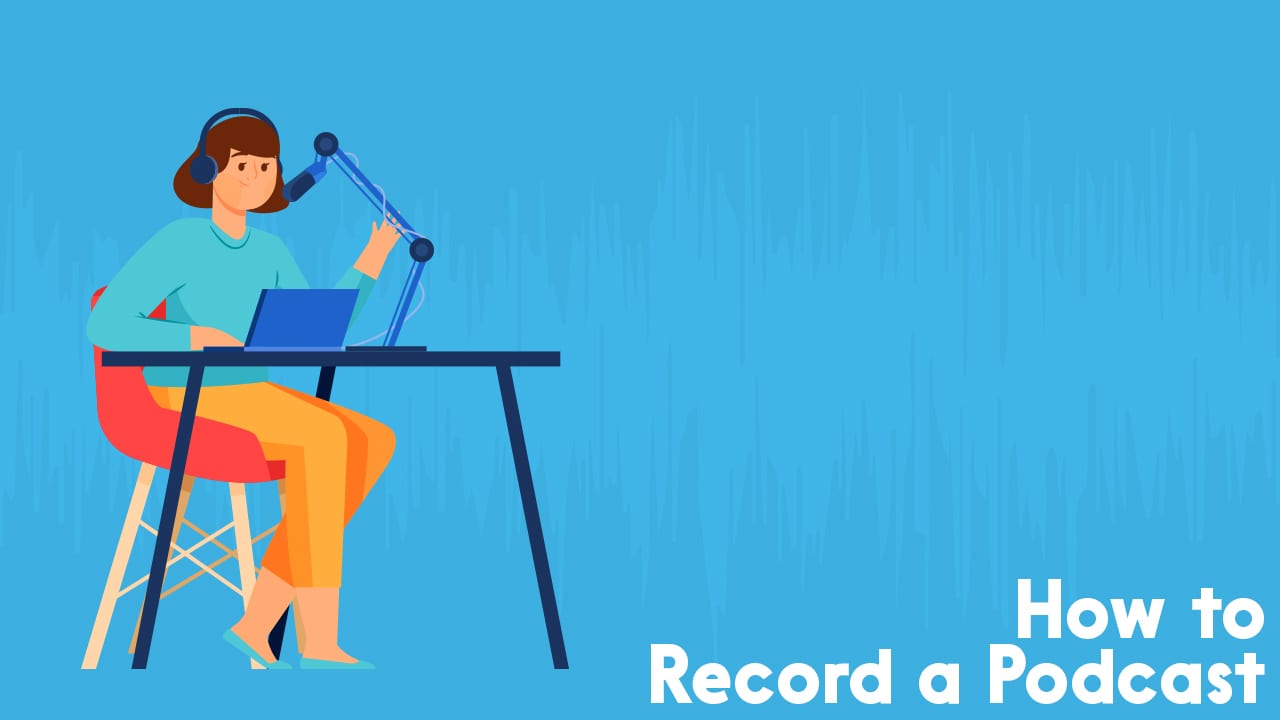How to Record a Call Using Zoom.us for Podcasting
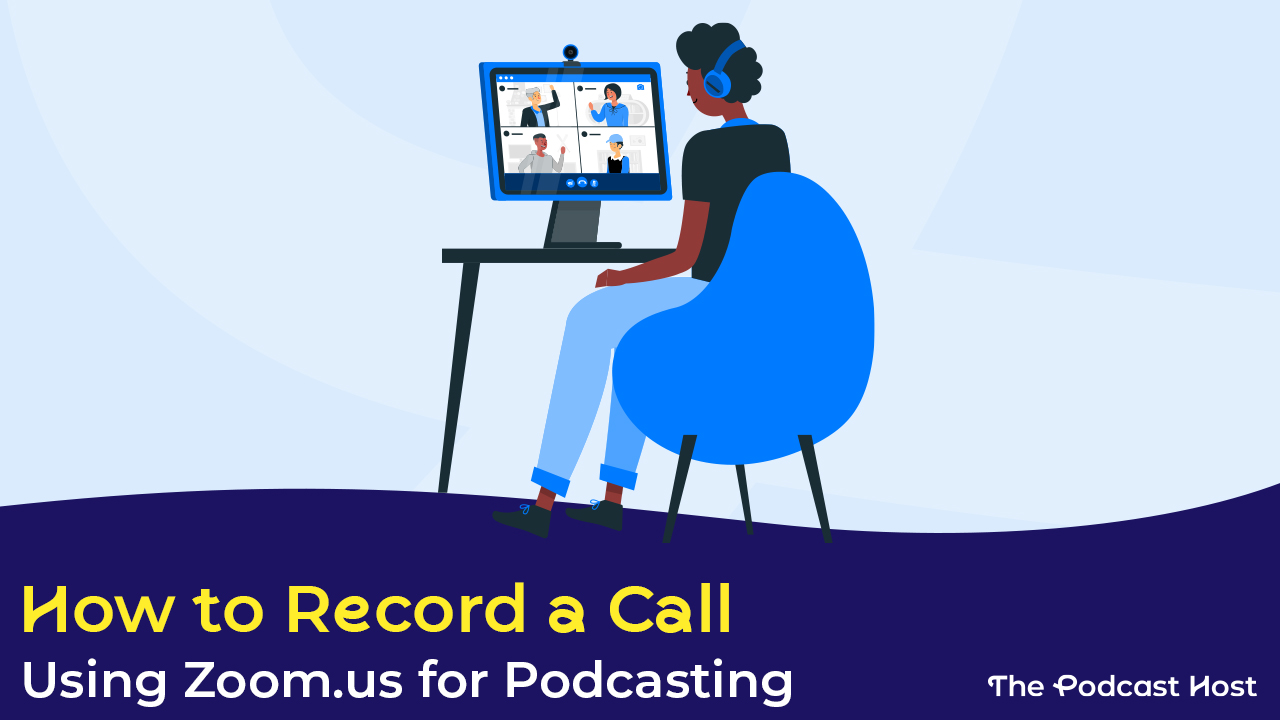
Zoom.us is a great tool for running an online call on the web. Even better, it can record the entire thing! For podcasters, this is one of the quickest, easiest and… free-est… ways to record an interview on the market. So, here, I want to show you how to record a call using Zoom.us. This is for podcasters, for online events, for company meetings, or just about any other online call context you can think of!
In summary, Zoom’s advantage is that it’s super simple. Your guest doesn’t need an account, or any software. All they need is a link, which you’re given when you sign up to the service. On clicking that link, they’re popped into a chat room with you, all inside their browser.
If you want the full details, read on beyond the video. But first, let’s try Zoom!
What is Zoom.us?
Zoom.us is a video conferencing app, which runs right in your browser. You can have a conversation, in video and audio, with another person, or even with big groups, up to hundreds!
Zoom runs on pretty much any device, including your computer, your smartphone or your tablet. Zoom can run using the microphone and speakers built right into your device, or you can plug in an external microphone and headphones to improve the experience.
Most relevant to us, as Podcasters, Zoom can record your call, really easily, and provide you with the audio file right after you hang up.
Where Do I Get the Zoom App?
For smartphones and other mobile devices, you simply go to the relevant app store. So, you can find the Zoom iPhone app in the Apple app store, and you’ll find the Zoom Android App in the Google play store.
If you’d like to use the Zoom app on your computer, simply sign up for an account at Zoom.us, and then start your first call from the website. As the call loads up, you’ll be asked to download a small app in your browser. Once it’s downloaded, run it and sign in. Hey presto, the Zoom call will open up – it’s that easy!
How Much does Zoom Cost?
Cost is a big factor here, because in most cases it’s entirely free!
Zoom has a ‘Basic’ tier which allows you to use it free of charge. The main caveat here is that with a Basic account, you’ll be limited to group call lengths of 40mins. But you can run on as long as you like if it’s just you and one other person chatting.
You’ll pay for extra features, such as unlimited length for group calls, cloud storage or pre-scheduling zoom calls. And I do, because it’s a great service. But, at least to start with, the majority of podcasts will do just fine with the free version.
How to Record a Call with Zoom
I love Zoom because it’s so easy, but here’s how it works anyway:
- Click the record button on the toolbar at the bottom of the Zoom window.
- Then click ‘Record on this Computer’. That starts recording.
- Once you’re finished, click the stop button in the same location.
- At this point you can still speak to your guest, but recording has finished
- To get your files, click ‘End Meeting’
- Zoom will start to save the recording to your computer
What Does it Give You?
With Zoom, you get the following:
- .m4a audio file. You can load that directly into Alitu, Audacity, Audition or any other audio editor.
- .mp4 video file. Useful if you want to cut out some highlights and use it to promote your show on YouTube.
If you record separate tracks for each speaker (look at the ‘double ender’ section below), then you get:
- Two .m4a audio files, one for each speaker.
What are the Downsides?
So, audio quality isn’t always A+. But, I’ve rarely seen it below an A-, if that makes any sense… Essentially, it’s plenty good enough for nearly any podcast type, and better than most.
For me, it’s as good, on average, as Skype, and in fact it seems more reliable to me. But, since it’s recording your call via the interwebs, there’s always going to be a bit of compression, and a slight loss in quality.
Looking at it technically, your voice is recorded at a relatively low bitrate. It depends on your connection, but the maximum I’ve seen as standard is 54kbps, and I’ve seen it go as low as 38kbps. For voice alone, this isn’t a deal-breaker. You can tell it’s a compressed recording, but it’s still useable.
As a result, Zoom isn’t as good for quality as a full double-ender tool like Squadcast or Riverside (find more details on these recording apps here). They can record you and your interviewee’s mic locally at full-quality, high bitrate, high-end codec. But, considering the zero price tag, and the sheer ease of use, Zoom’s quality is good value, and adequate for the majority of podcasts.
How to Optimise Audio in Zoom
There’s one hidden setting that claims to make a difference to those downsides, though, and it’s called ‘Preserve Original Sound.’
You see, by default, Zoom does a bunch of stuff to your audio to help it sound good in a call. They run noise reduction, echo cancellation and other good stuff. This is great for corporate meetings where everyone’s in a noisy room wearing nothing but a smartphone headset.
But, if you’ve got a nice quiet recording space with a good mic, then you’ll want to turn those off, so it doesn’t mess with your audio. Instead, you’ll get as close to the original as possible, and Zoom’s processing wont mess around with your voice. Better to apply those effects later, yourself, or use a tool like Alitu to do high quality audio processing after the call’s finished, when you’ve more control.
Here’s how to find it. First, go into the Zoom settings, and then click Audio. Next, click ‘Advanced’, and tick the checkout to turn it on.
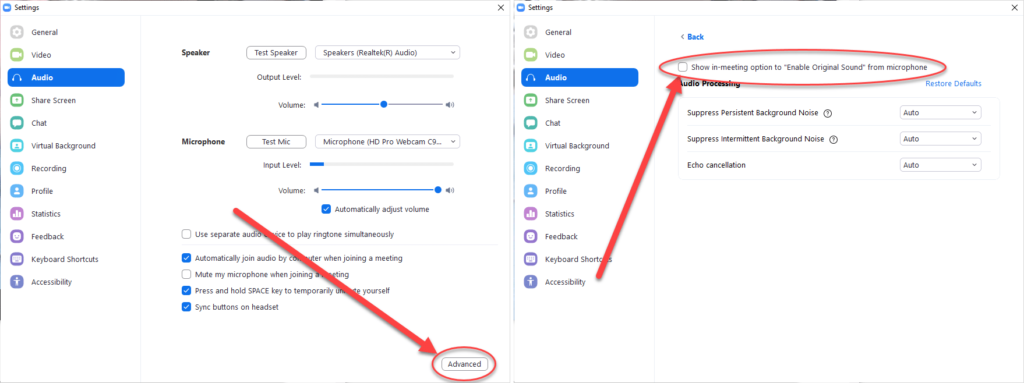
I’ll admit, Matthew and I played with this, and heard barely any difference on our mics in a good studio setting. So, I’m not sure how much value there is in this. But, it’s worth trying with your own setup to see if you get a measurable difference in quality.
Bonus Resource: Free Online Mic Test
Zoom vs Skype for Call Recording
This is one of the hottest battles in running an online call: Zoom vs Skype. Skype was once the “default” way of recording a call, but it’s definitely falling away in popularity. Even now that they’ve (finally) added in call recording by default, my experience is that people are still moving away to other platforms.
Skype has the advantage of history and huge adoption, but it’s default call recorder function doesn’t rival Zoom’s, because it only gives you a mono file. That means, one file with everything on one track.
Zoom on the other hand, will split both sides of the conversation for you, giving you two separate files to work with in post-production.
This is a handy feature for those podcasters who like to spend a bit more time on their editing, and can give you a lot more flexibility in how you put your episodes together. Currently, if you wanted a similar feature on Skype then you’d need to use third party software like eCamm or TalkHelper.
Another advantage for Zoom is that it doesn’t require your interviewee to sign up for anything. Skype requires both parties to have an account, for example. But Zoom allows you to send a link to anyone. They can use that link to sign in anonymously, making it far more easy to participate.
How to Record Speakers on Separate Tracks in Zoom
I mentioned this above, and it’s a definite bonus in Zoom: the ability to get separate audio files for each speaker for more control over your editing and post-production. Let’s take a quick look at how this works.
Here’s the setting you need to adjust to make sure Zoom records each speaker in a separate track. First go to Zoom Settings, and click Recording. Then, click “Record a separate audio file for each participant who speaks.”
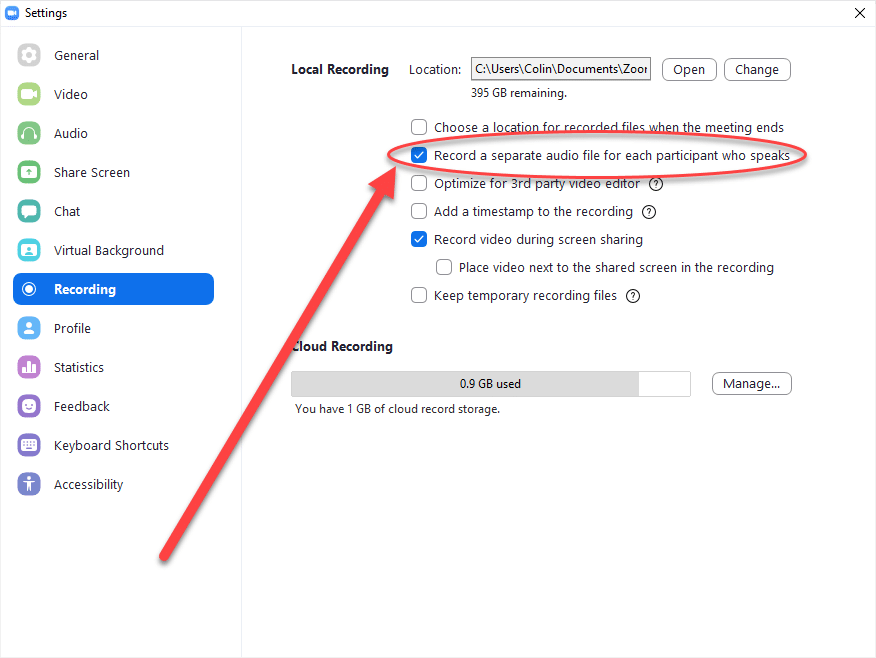
Once the call is closed, you’ll be given a folder which contains the 3 standard files: joint audio, video and chat transcript. Plus, you’ll now get an extra folder, called: Audio record. This contains an .m4a file for each speaker, so you can fill them right into your editing package.
What are the Zoom Alternatives for Call Recording?
There are a range of different ways to record a call online, from free to paid. Take a look at our guides to the best call recording apps on the market, to find some Zoom alternatives.
One such alternative is Alitu, our very own ‘Podcast Maker’ app. We recently added a call recorder feature to Alitu, so now you can do all your recording, editing, and production in one single easy to use platform.
And if you want a wider view on all of the different recording approaches, from gear to software, then check out how to record a podcast for our the definitive guide!
Conclusion
Perhaps it’s enough to say that I have pretty much every possible recording method at my disposal. We can use Skype in the studio, recording to our Zoom H5 or capturing through eCamm. We can use Ringr, via mobile or desktop. We have Talkhelper, and all the rest.
But… despite the fact that we have all those methods, I still often use Zoom for the sheer simplicity of it.
It’s simply…. simple.
Send the link. Press record. Talk. Publish. Done.
Even better, it provides a perfect file for uploading to Alitu: The Podcast Maker, so it can handle the cleanup, editing and publishing. Couldn’t be easier!
Or…. could it? As it happens, Alitu now has call recording built-in, so you can now do your recording, editing, and production in one simple ‘all-in-one’ interface.
That’s definitely another option worth considering. But whether you use Alitu, Zoom.us, neither, or both, the most important thing, above all else, is that actually launch your podcast!
